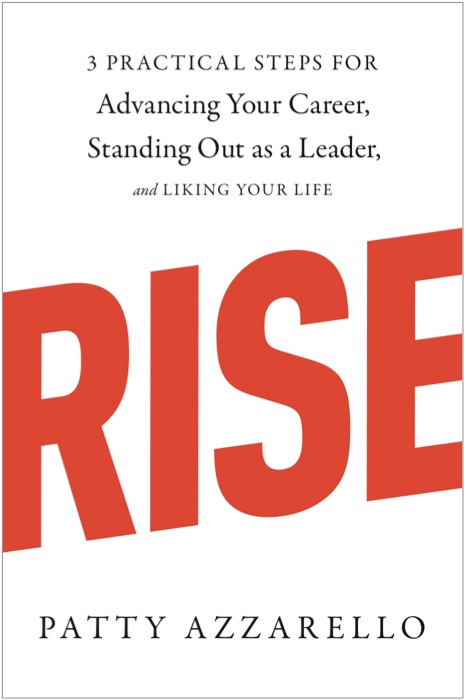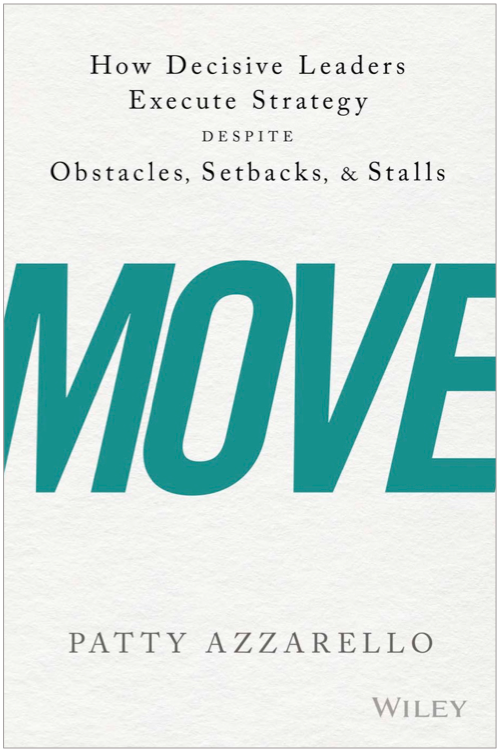One of the most important things we can all do as business leaders is give ourselves time to think.
Scheduling time to think in your work week (and life in general) is vital to your success and sanity — and to your creativity and effectiveness.
I have always been inspired by Bill Gates’ famous habit of having 2 think weeks each year. He goes away, unplugs, and reads and thinks.
How can you use a think break?
Recently people have been asking me, OK, How much time should I schedule? What should I think about? How do I make sure I am doing it right?
And probably most importantly, “How can I structure this time so that I actually do it, and I don’t just immediately jump back into working on something?”
First…Relax a little!
The goal here is to get yourself into a place and a state of mind where YOU are relaxed but your MIND is highly active.
Start small. Schedule 30 minutes, or 1-2 hours. If you like it you can work up to a day or a weekend once in a while.
You don’t need to start with a week in the woods!
Part of the magic is to not feel pressured to accomplish anything specific.
You want to take a break from specific and see what happens when you give yourself a chance to digest, filter, regroup, consider and invent.
Here are some ideas to help you experiment and find some good options for yourself.
NOTE: YOU DON’T NEED TO DO ALL THESE IDEAS!
You certainly don’t need to do them all in the same think break.
I suggest you scan this list for things that you want to try.
Maybe even just ponder this list in your first think break.
You might want to try using one idea in this list in each think break.
Or you might want to take half a year just to repeat ideas 1 and 2.
It’s up to you. It’s your time. That’s the point!
If you are comfortable with unstructured time that’s also totally OK. Stop reading this and hop to it!
But if you feel like you won’t use your time well, and are looking for some ideas to structure your thinking breaks, here you go…
1. STOP:
No phone. No internet. Just stop. Stop.
The idea here is that we need time to process the constant overload of input we live with.
We are bombarded with stimulus of every form from every direction, all day, every day. We can’t possibly process and absorb it all.
So that input is just flying around inside of us. It’s just a disorganized swirling vortex of chaos, constantly stressing and distracting us. And then we get more input!
We can’t see what matters and what doesn’t.
So the first step to high quality thinking time is to just STOP.
Cut off the input and give all that stuff a chance to filter through your system in a way that you can organize and deal with it.
You can sort out and discard the stuff you don’t care about.
And more importantly you can finally SEE and feel the stuff you do care about.
You can file it for safe keeping, or shine a spotlight on it. Your choice. But at least you found it!
For some, this process in itself will be so valuable you can skip all the rest of the ideas and just take something important that you have allowed yourself to finally see and appreciate and move forward with it.
2. Choose a minor physical distraction (or not)
One of the reasons we get ideas in the shower is that we are captive for a while, and there is just enough of a physical task that it keeps our brains occupied enough to avoid wandering off, but the physical task is not so challenging that we can’t focus and be creative.
So if the idea of sitting in quiet place alone with no internet fills you with anxiety, maybe you need a light physical activity to filter off some of the distractions, and to allow your brain to engage more fully on interesting things.
Maybe it’s a walk, maybe it’s gardening, or painting. I can tell you that some of my biggest inspiration or best problem solving (for both work and life challenges) comes when I am doing a long hike or a bike ride.
But as an introvert, I am also happy as a clam to sit alone with my thoughts for long periods of time.
3. Choose your creative stimulation (or not)
Once you’ve let the cloud of chaos settle, maybe some creative stimulation will be useful.
Reading is good for a lot of people. Not the internet. When we give ourselves time to read (vs. click), it also helps us sort through our own thoughts.
You can learn and absorb new things that excite you, or you can read something and think, “I don’t quite agree with that”, but that disconnect helps you clarify what you really think.
Maybe you don’t need external stimulation. Maybe what you need to do is to create something yourself.
In the act of creating something, you can also learn–you can see things in new ways…
You can accidentally invent something that you weren’t intending.
You can experience things that work and don’t work while you are creating that help you further clarify what is effective, important, or interesting.
This happens for me all the time when I am writing. Maybe try writing.
4. Do a brain dump
If you don’t write down what is in your head as a habit, try it in your think break.
Write down all the things you are worried about, excited about, wanting to start, wanting to stop. Include life and work ideas.
Get all those ideas floating around in your head down on paper.
Seeing the list all in one place vs. letting the ideas randomly bump around in your head all the time is a really powerful yet simple way to feel more grounded and in control.
Then, take some time with this list. Take the time to feel what this list makes you feel before you start trying to think about it too much or process it in any way.
What about this list makes you stressed, happy, sad, angry, disappointed, excited, bored, motivated?
5. Step back and assess what you ARE and ARE NOT doing
This is very powerful when you can do it in a moment without distraction, activity or stress.
Look at your brain dump list
Look at your Work task list and Ruthless Priorities
Look at your Life task list and Ruthless Priorities
Does it all still make sense? Is it all still relevant?
Did your thinking time inspire you to add or change something about your goals or how you are allocating your time?
Did your thinking time present a solution to a problem that you can now fast track? Did your thinking time cause you to re-work your Ruthless Priorities?
6. Note your inspirations & take aways
You might have got some gears turning during your unstructured thinking, walking, reading, creating, or from looking at the lists you made. Make a note of what inspired you and what you want to do about it.
7. Don’t worry
If you did not accomplish something specific or earth shattering, that’s OK. Consider what you liked and didn’t like about your think break. Do something different next time.
Again, you don’t need to follow all these ideas–except the first one which is to STOP. That may be enough for you.
Taking time to think is fundamental to success and sanity! Especially if you think you are too busy to do this.
Don’t give up!
Patty Azzarello is an executive, best-selling author, speaker and CEO/Business Advisor. She became the youngest general manager at HP at the age of 33, ran a billion dollar software business at 35 and became a CEO for the first time at 38 (all without turning into a self-centered, miserable jerk)
You can find Patty at www.AzzarelloGroup.com, follow her on twitter or facebook, or read her book RISE…3 Practical Steps for Advancing Your Career, Standing Out as a Leader, AND Liking Your Life.




